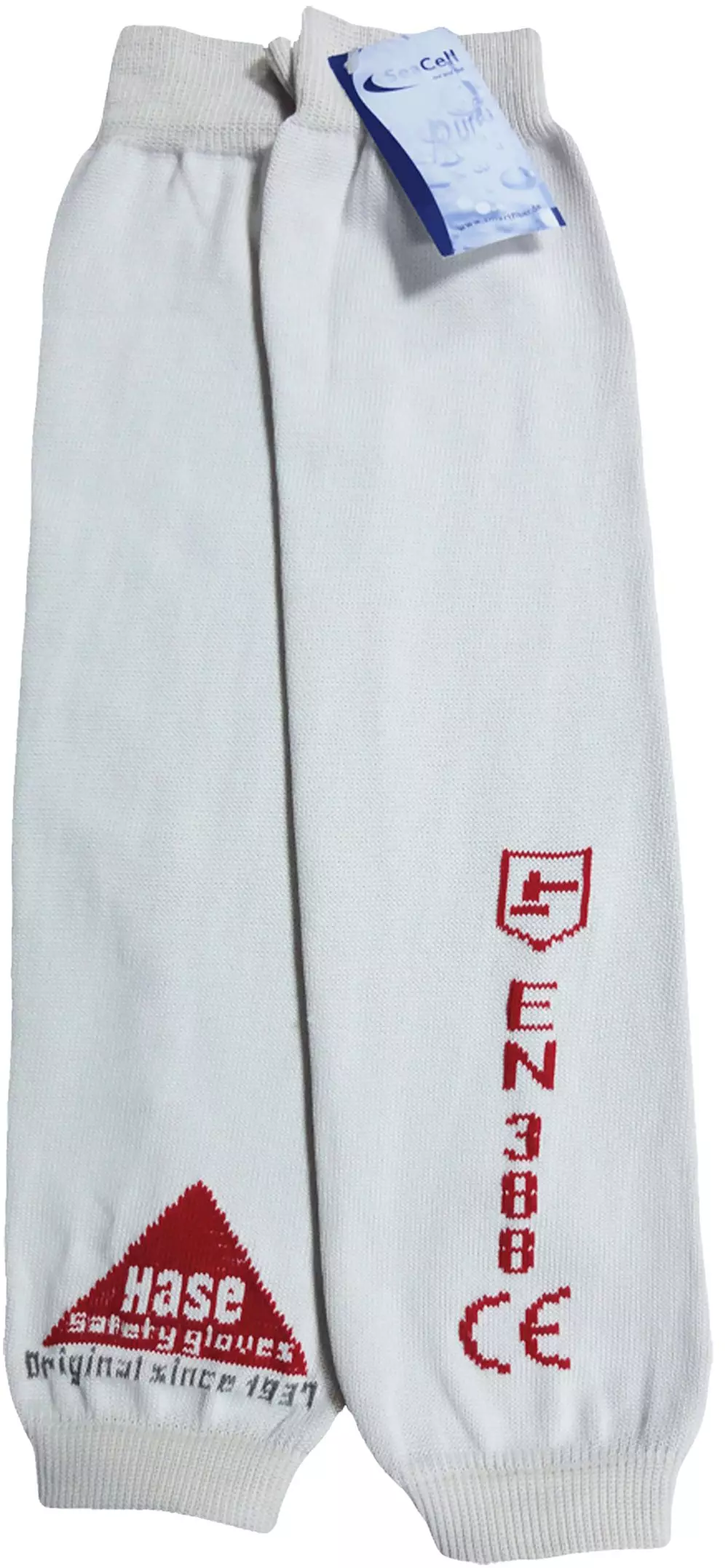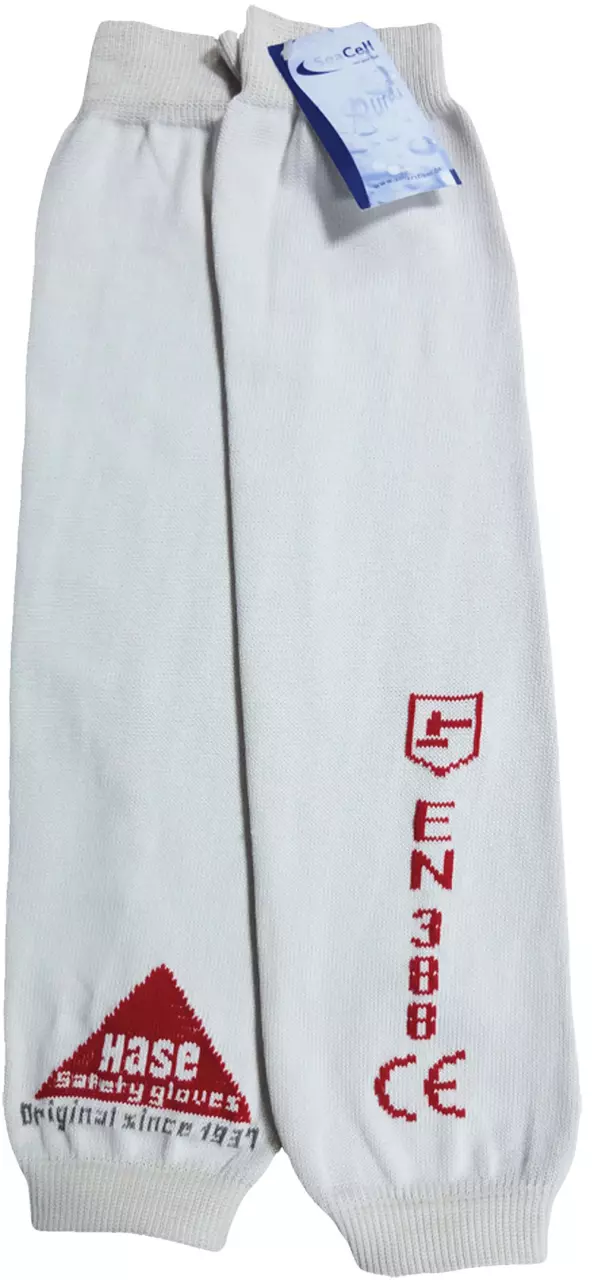
Features You'll Love

Material · Polyester, Cotton
Hase Safety Gloves
Hase Safety Gloves logo
ARMCOVER SeaCell 35 Forearm Guard, 10 pairs
Hase Safety Gloves
ARMCOVER SeaCell 35 Forearm Guard, 10 pairs
Hase Safety Gloves logo
5 / 5
85,53 €
94,39 €
Price per 10 pairs
8,55 € / pair
Estimated delivery: Fri Dec 19 - Mon Dec 22
Choose size
Free delivery
Features You'll Love

Material · Polyester, Cotton
Product description
Forearm protector made of cotton/polyester knit with anti-allergenic SeaCell fibers, elasticated cuffs on both sides, 35 cm. EN 388